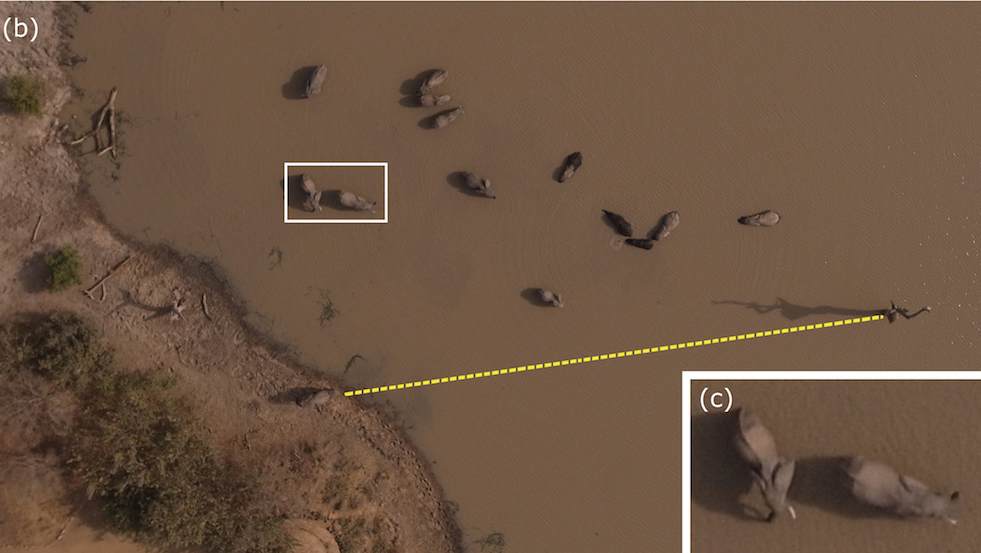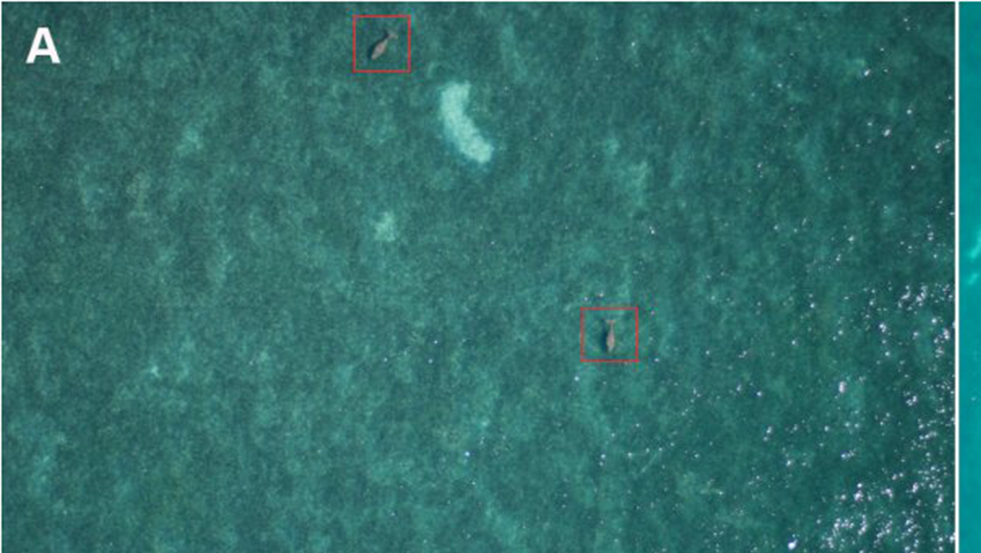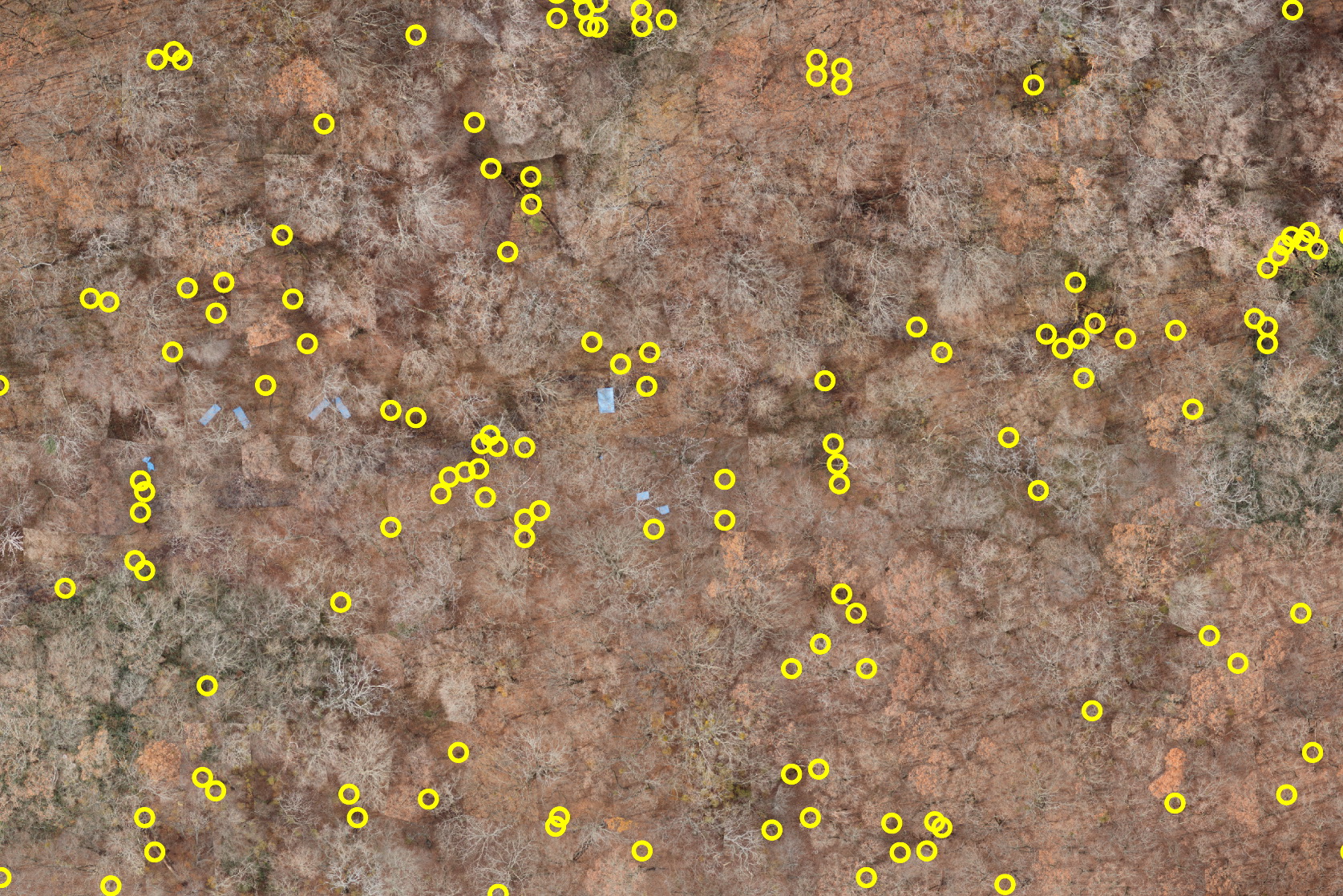Unmanned Aerial Survey of Elephants (2013)
The rise of drones in the scientific community raises the question for their possible use in future wildlife surveys. A study conducted by Vermulean et. al. (2013) in the Nazinga Game Ranch, located in southern Burkina Faso along the international border with Ghana, aimed to define the methodology to survey elephants with UAS and determine the parameters, as well as the animals' reaction to the passage of the UAS.



